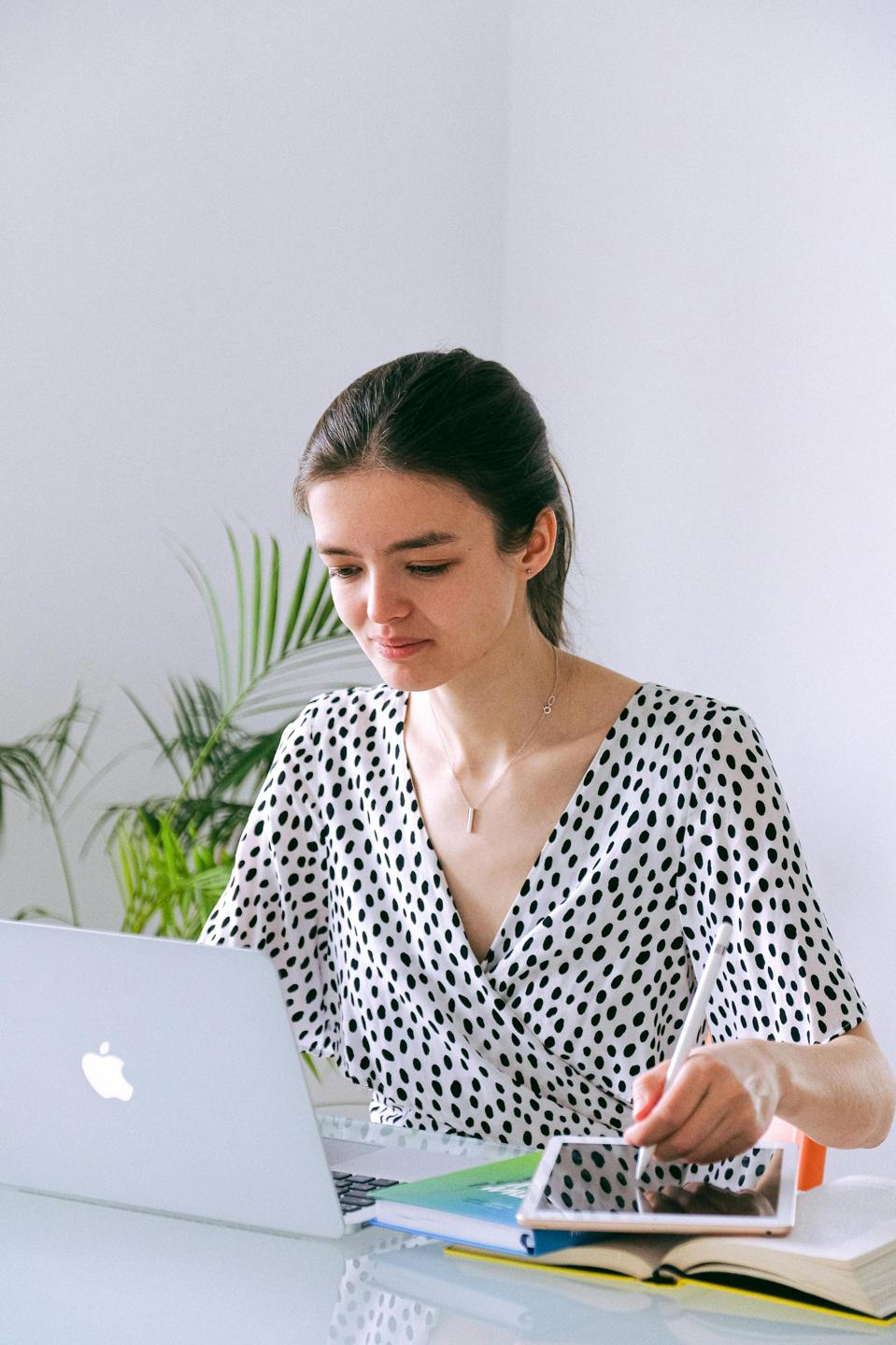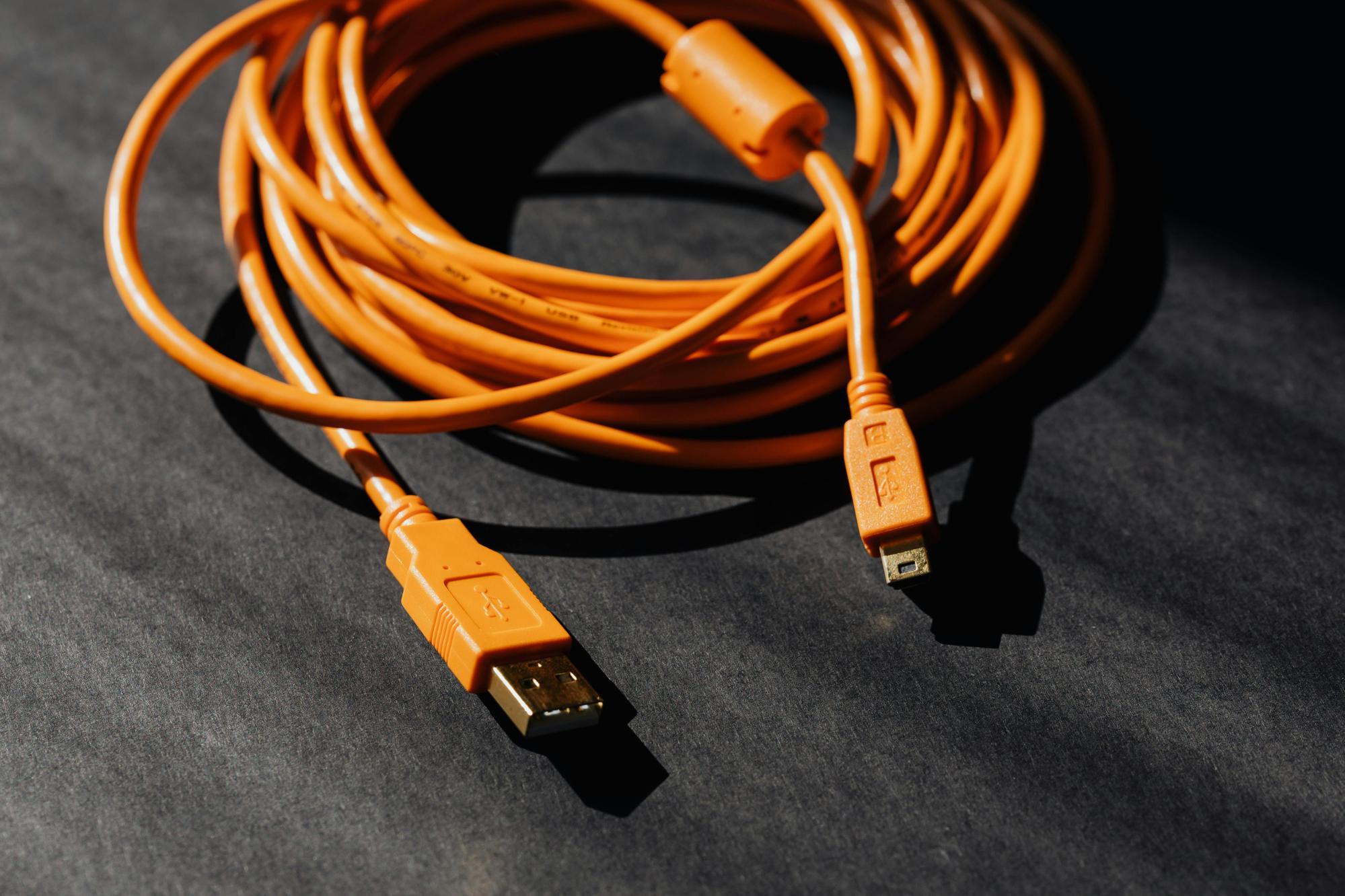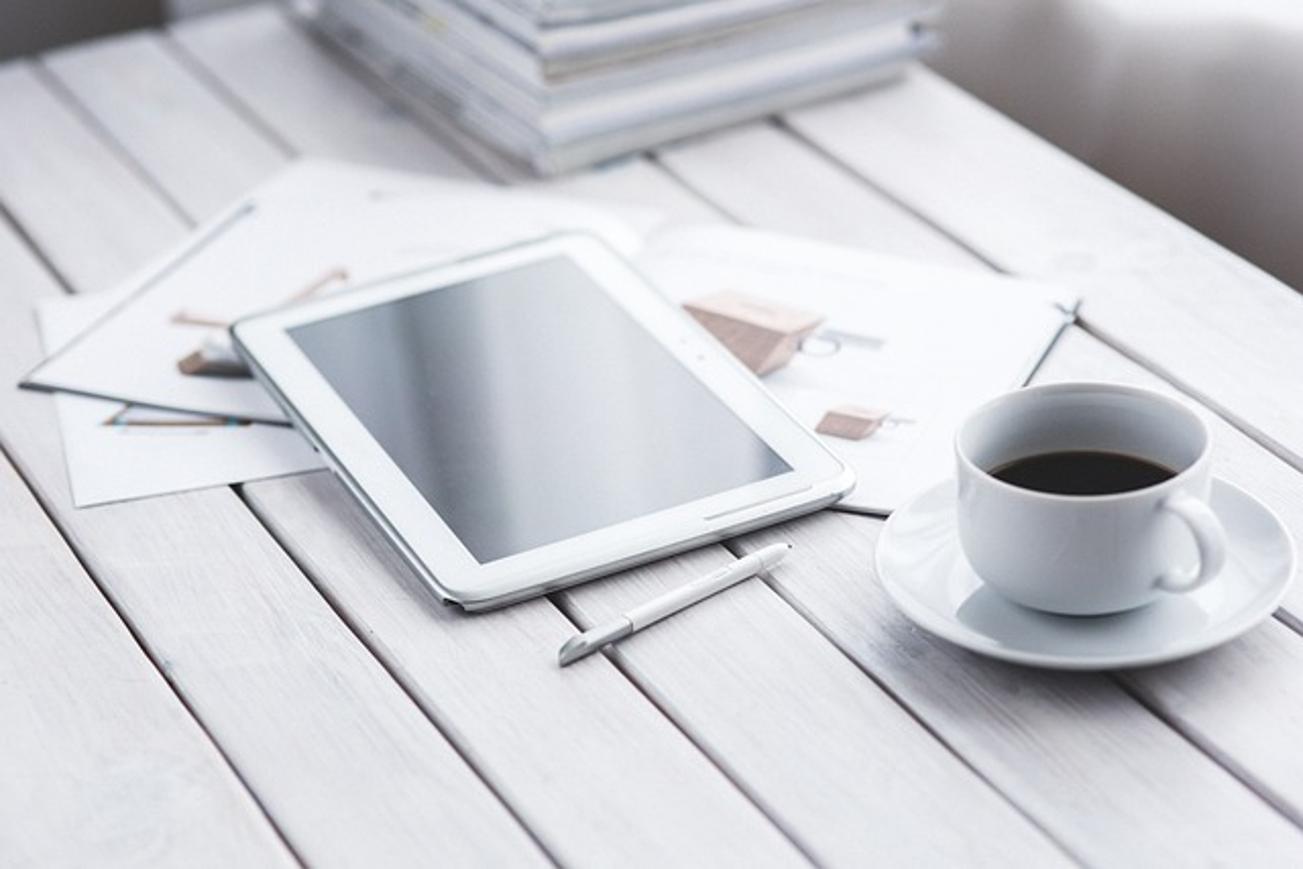How to Make Your Tablet a PC Drawing Board
Introduction
Transforming your tablet into a PC drawing board can unlock a world of creativity and productivity. This guide will take you through the essential steps of choosing the right tablet, gathering the necessary accessories, connecting and configuring your setup, and much more. Whether you're a professional artist or a hobbyist, turning a tablet into a versatile drawing tool offers flexibility and convenience. By the end of this article, you'll have all the information needed to create a seamless drawing experience.

Choosing the Right Tablet
Selecting the ideal tablet is the first crucial step. Not all tablets are created equal, especially when it comes to drawing. Look for tablets that offer high-resolution screens, which provide crisp and clear images, essential for detailed artwork. Pressure sensitivity is another key feature. Tablets with higher sensitivity allow for better control over the intensity and thickness of your lines.
When considering a tablet, also think about its size. Larger screens offer more space for creativity but can be less portable. Smaller tablets are more convenient to carry around but might feel cramped during intense drawing sessions. Popular options like the Apple iPad Pro, Microsoft Surface Pro, and Wacom Cintiq offer a balance of performance and usability.
Essential Hardware and Accessories
Once you've selected your tablet, gathering the right hardware and accessories ensures a smooth drawing experience. A high-quality stylus is indispensable. Look for one that provides excellent pressure sensitivity and a comfortable grip. The Apple Pencil, Surface Pen, and Wacom Pro Pen are exemplary choices.
A stand or mount for your tablet can enhance comfort and ergonomics. By positioning your tablet at an angle that mimics traditional drawing desks, you reduce strain on your wrists and neck. An external keyboard could also be useful if you'll be using software with lots of keyboard shortcuts.
Don't forget to invest in a good screen protector to prevent scratches and smudges that can interfere with your art.
Key Drawing Software & Tools
The right software can make a significant difference in your drawing experience. Adobe Photoshop and Adobe Illustrator are industry standards, offering robust features for professionals. Both programs allow for comprehensive customization, including brush settings, layers, and color management.
Corel Painter and Clip Studio Paint are other excellent choices, providing a natural brush feel and extensive toolsets. For those seeking free alternatives, Krita and GIMP offer powerful features suitable for both beginners and advanced users.
In addition to drawing software, consider tools like virtual whiteboards or apps that allow for collaborative projects. These can be particularly useful if you're working in a team or want to share your progress with others easily.
Connecting Your Tablet to Your PC
Connecting your tablet to your PC can be straightforward if you follow the correct steps. Here’s a general guide:
-
Wired Connection: Use a USB cable to connect your tablet to your PC. Ensure that you have the latest drivers installed for both your tablet and your stylus.
-
Wireless Connection: Some tablets, like the iPad Pro, support Bluetooth connections. Make sure Bluetooth is enabled on both devices and follow the pairing instructions.
-
Remote Desktop Apps: Programs like Duet Display or Astropad can turn your tablet into a secondary touchscreen monitor for your PC. These apps often have dedicated features for artists and offer better fidelity in your drawing experience.
-
Configuration Tools: Use software like Wacom Desktop Center or the settings menu in your drawing app to fine-tune the connection, ensuring low latency and high performance.
Bear in mind that each method has its pros and cons. Wired connections generally provide better performance but can be less convenient. Wireless connections offer more freedom but might introduce some lag.
Calibration & Configuration
Proper calibration and configuration are essential for an accurate drawing experience. Start by calibrating your stylus. Most tablets come with built-in calibration tools that guide you through the process. Follow the steps provided to ensure your stylus accurately registers your strokes.
Next, configure your drawing software. Customize brush settings to match your drawing style. Most programs offer options to adjust the sensitivity, texture, and shape of your brushes.
Also, take the time to set up keyboard shortcuts for your most-used actions. This can drastically reduce the amount of time you spend navigating menus and improve your workflow efficiency.
Don’t forget to occasionally recalibrate your setup to ensure it remains in top working condition, especially if you notice any discrepancies in accuracy or pressure sensitivity.

Tips for a Seamless Drawing Experience
Here are some final tips to ensure a smooth and delightful drawing experience:
-
Maintain Your Hardware: Regularly clean your tablet screen, stylus, and accessories to ensure they remain in good condition. Dust and debris can interfere with your work.
-
Comfortable Workspace: Ensure your drawing setup is ergonomically friendly. A good chair, proper desk height, and adequate lighting can significantly impact your productivity and comfort.
-
Regular Breaks: Take regular breaks to avoid strain on your eyes, wrists, and neck. This practice can help maintain your creativity and reduce the risk of repetitive strain injuries.

Conclusion
Transforming your tablet into a PC drawing board opens up endless possibilities for creativity and productivity. From selecting the right tablet and accessories to choosing the best software and ensuring proper calibration, each step is crucial. By following this guide, you can create a seamless and enjoyable drawing experience that meets your artistic needs. Whether you're a beginner or a seasoned professional, turning your tablet into a versatile drawing board can enhance your art and make the process more enjoyable.
Frequently Asked Questions
What are the best tablets for drawing with a PC?
Some of the best tablets include the Apple iPad Pro, Microsoft Surface Pro, and Wacom Cintiq. They offer excellent performance, high-resolution screens, and great pressure sensitivity.
Do I need any special software to use my tablet as a PC drawing board?
Yes, professional drawing software like Adobe Photoshop, Corel Painter, and free alternatives like Krita are essential to make the most of your drawing tablet.
How do I fix calibration issues with my drawing tablet?
Most tablets come with built-in calibration tools. Regularly use these tools to recalibrate and ensure your stylus accurately registers your strokes. Also, keep your drivers and software up-to-date.



